UN (G) 2007 Gibbon/Monkey/Lemur/Baboon/Animals/Nature/Wildlife stamps set MNH
The United Nations Postal Administration (UNPA) issues stamps featuring various themes, including wildlife, to promote global awareness and support for conservation efforts. The UN Fauna stamps highlight the diversity of animal life and underscore the importance of protecting endangered species and their habitats.
Key Features of UN Fauna Stamps
- Themes and Objectives:
- Biodiversity: The stamps showcase a wide range of animal species from different regions of the world, emphasizing the richness of global biodiversity.
- Conservation: These stamps aim to raise awareness about the need for wildlife conservation and the protection of endangered species.
- Design and Artwork:
- Detailed Illustrations: The stamps are known for their intricate and vibrant illustrations, often created by skilled wildlife artists.
- Species Information: Each stamp typically includes the common and scientific names of the featured species, and sometimes additional information about their habitat and conservation status.
- Educational Value:
- Awareness Campaigns: The stamps are part of broader awareness campaigns that educate the public about the importance of preserving wildlife and their habitats.
- Accompanying Materials: Special issues may come with informative brochures or booklets that provide more context about the species depicted and conservation efforts.
- Availability:
- Purchasing: These stamps can be purchased through the UNPA’s official website, at UN headquarters, or from authorized philatelic dealers.
- Collectibility: They are popular among stamp collectors, especially those with an interest in wildlife, environmental themes, and global conservation efforts.
Notable Series and Issues
- Endangered Species Series:
- This long-running series is one of the most prominent UNPA issues, featuring various endangered species from around the world. It aims to highlight the plight of these species and the efforts needed to protect them.
- World Wildlife Day:
- Special stamps issued to commemorate World Wildlife Day (March 3), celebrating the diversity of the planet’s fauna and promoting wildlife protection.
- International Year of Biodiversity:
- Issued in 2010 to mark the International Year of Biodiversity, these stamps featured a variety of species and emphasized the importance of biodiversity for ecological balance and human well-being.
Examples of Fauna Stamps
- Mammals: Stamps featuring iconic mammals such as elephants, tigers, pandas, and whales, often highlighting conservation challenges and success stories.
- Birds: Illustrations of various bird species, including rare and endangered birds, showcasing their beauty and ecological significance.
- Reptiles and Amphibians: Stamps depicting reptiles and amphibians, emphasizing their unique adaptations and the threats they face.
- Insects and Invertebrates: Featuring butterflies, beetles, and other invertebrates, these stamps highlight the often-overlooked yet crucial role these creatures play in ecosystems.
Conservation Message
The UN Fauna stamps carry a powerful conservation message, aligning with the United Nations’ goals to protect the environment and promote sustainable use of natural resources. By featuring a diverse array of animal species, these stamps remind us of the beauty and fragility of the natural world and our responsibility to preserve it for future generations.
For more information and to explore or purchase these stamps, you can visit the UNPA website. These stamps not only serve as functional postal items but also as educational tools and pieces of art that advocate for the protection of the planet’s wildlife.
4o

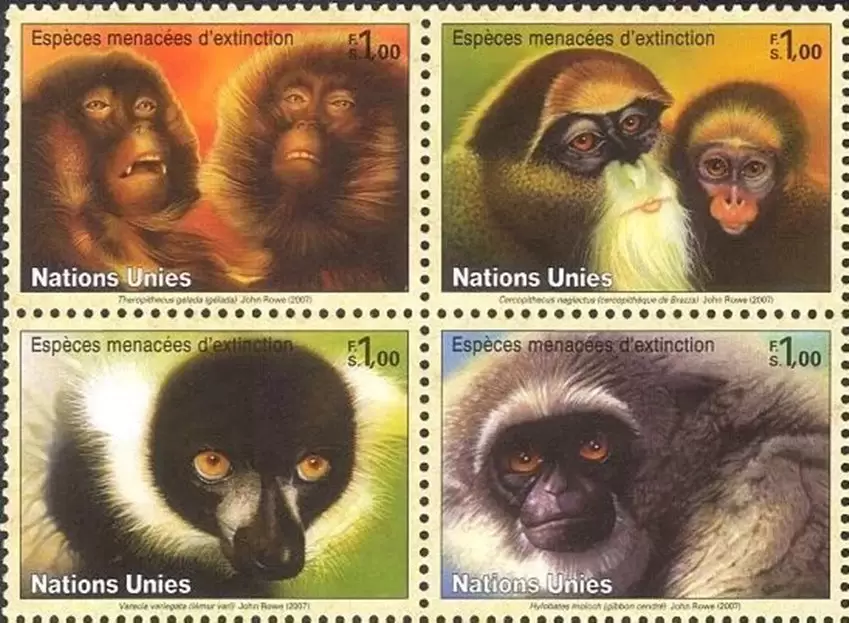
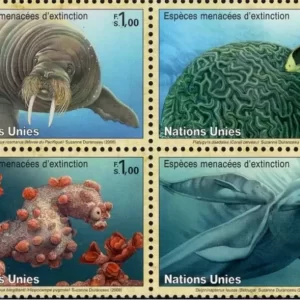

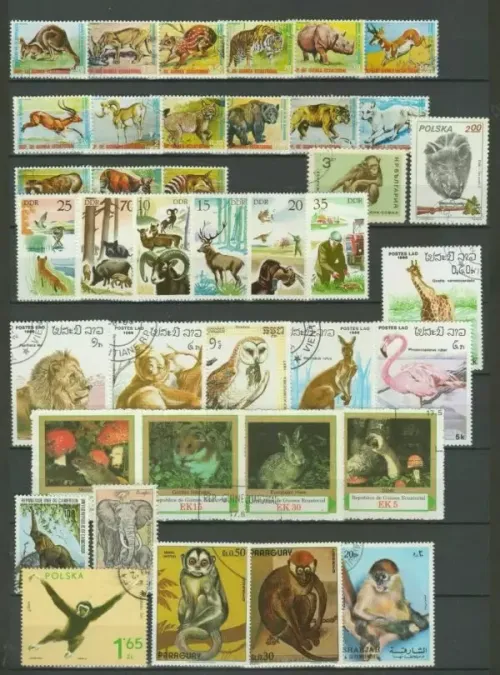
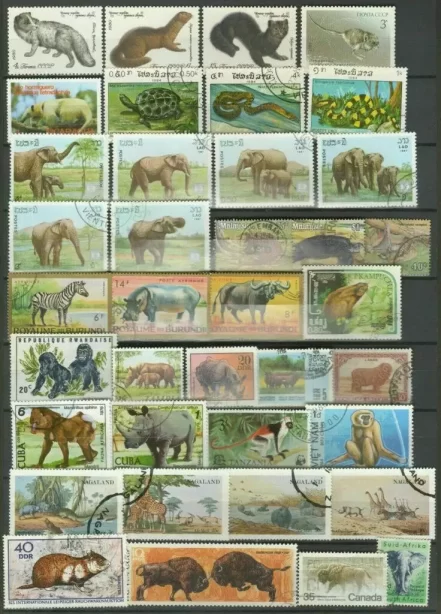

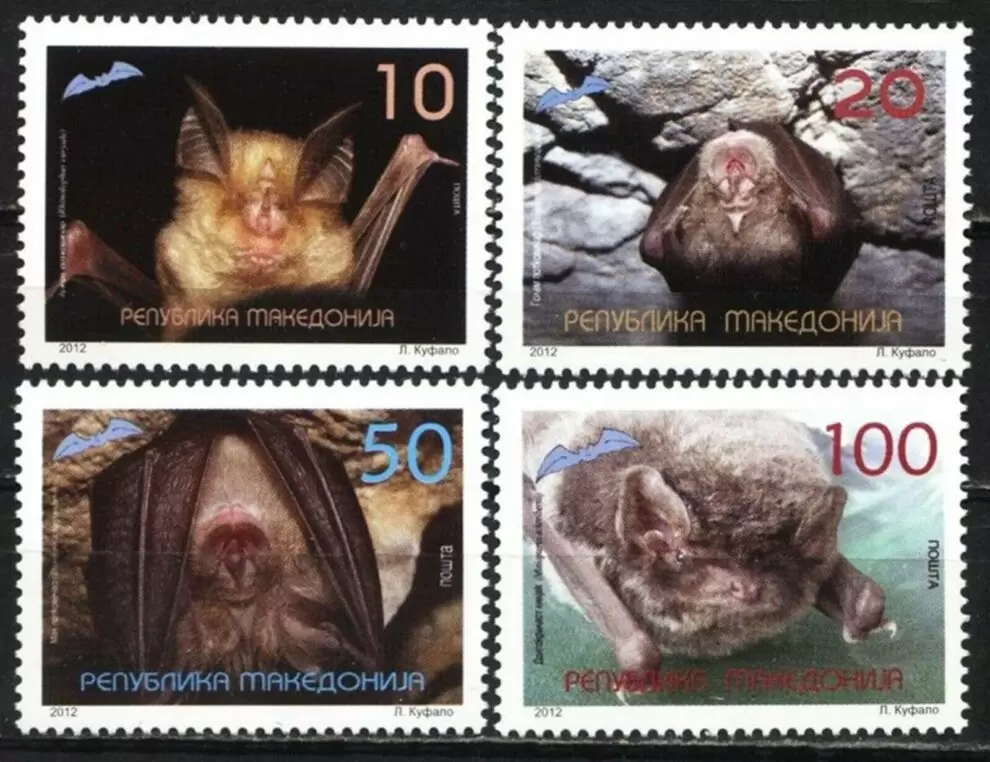
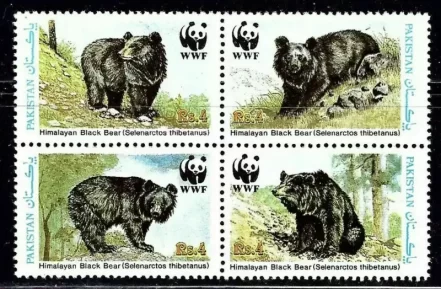

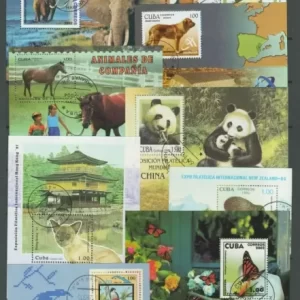
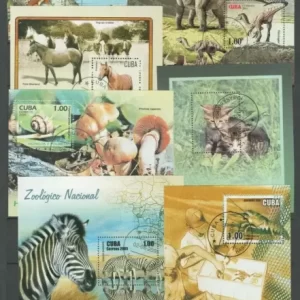
Reviews
There are no reviews yet.